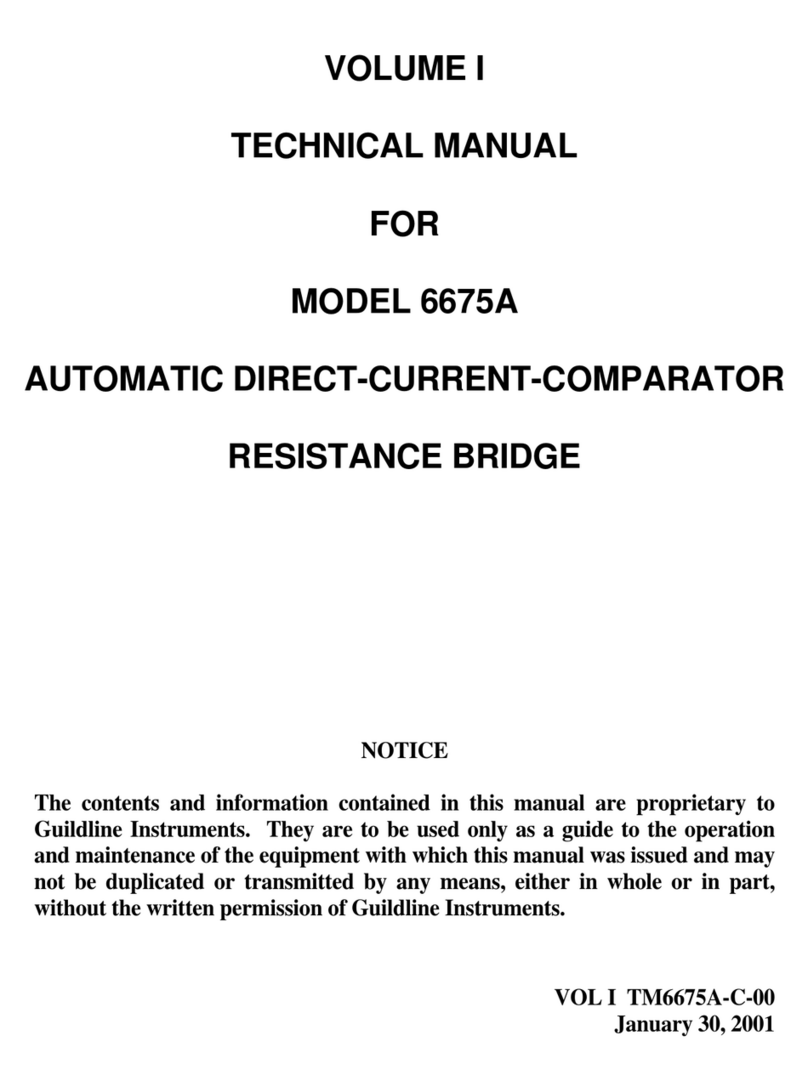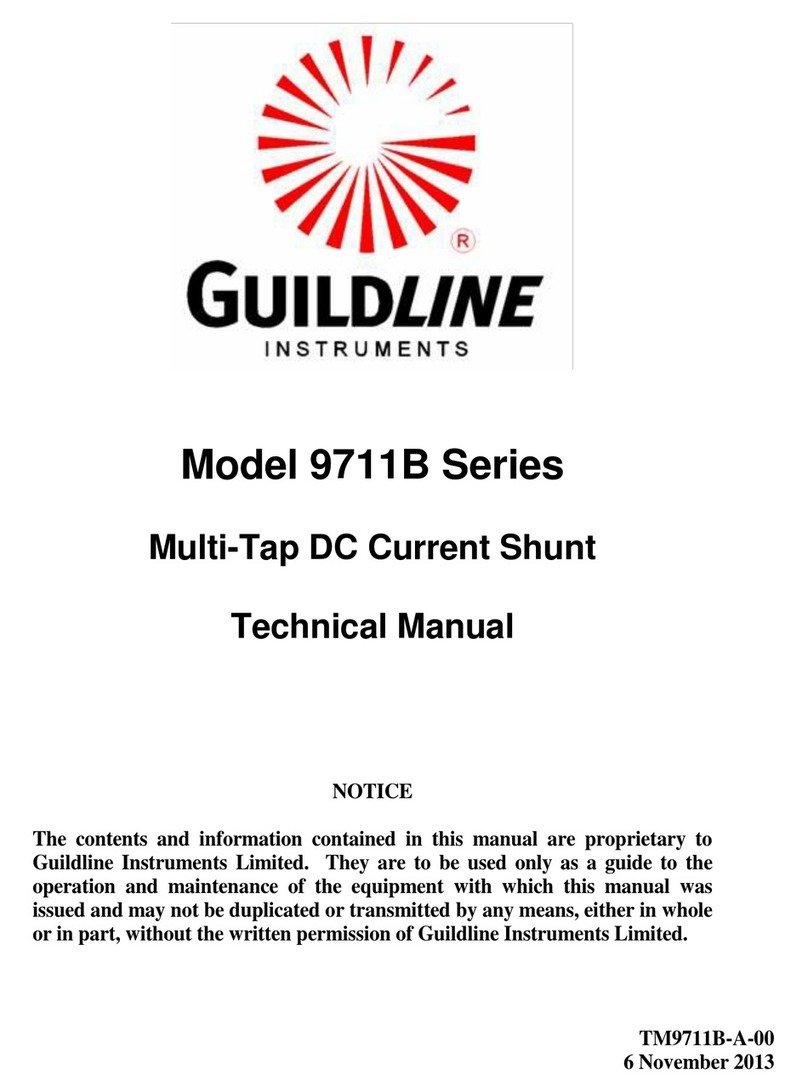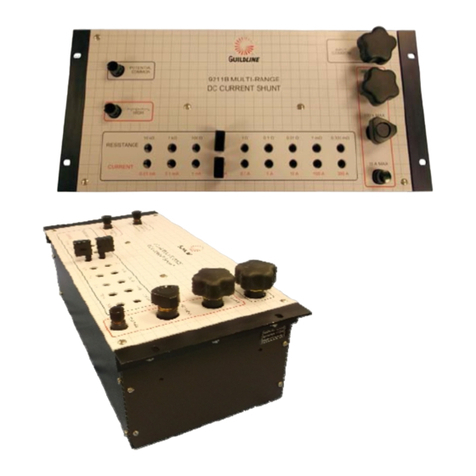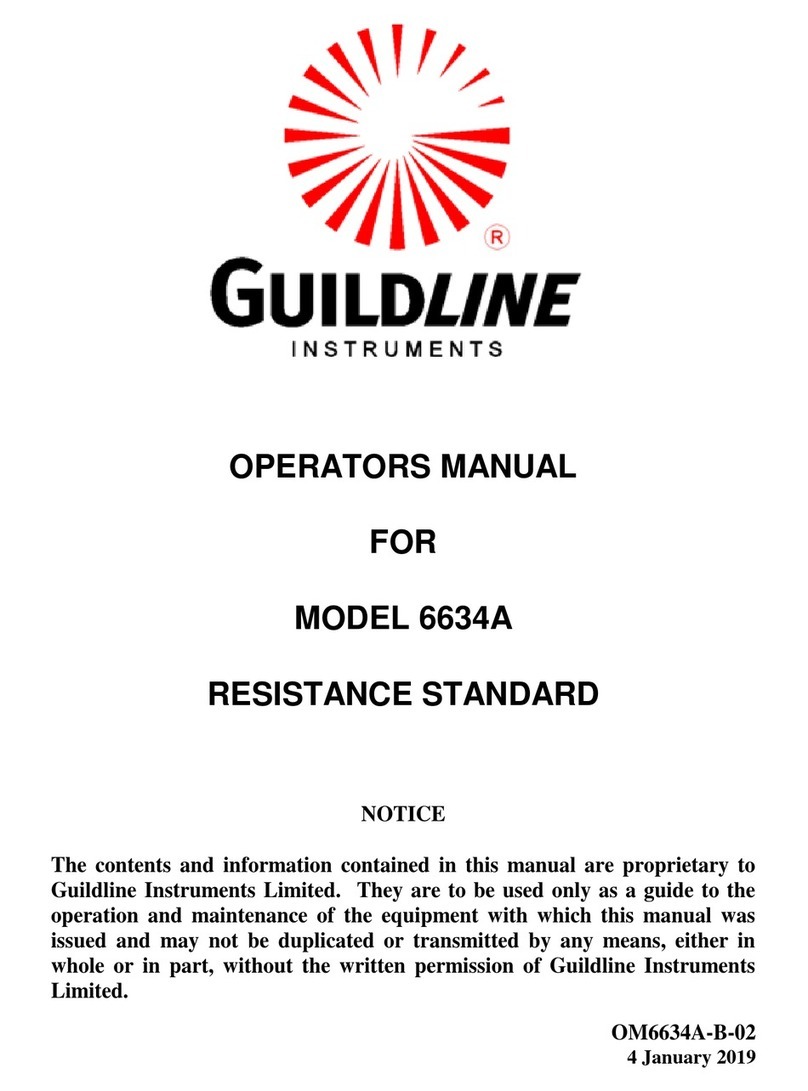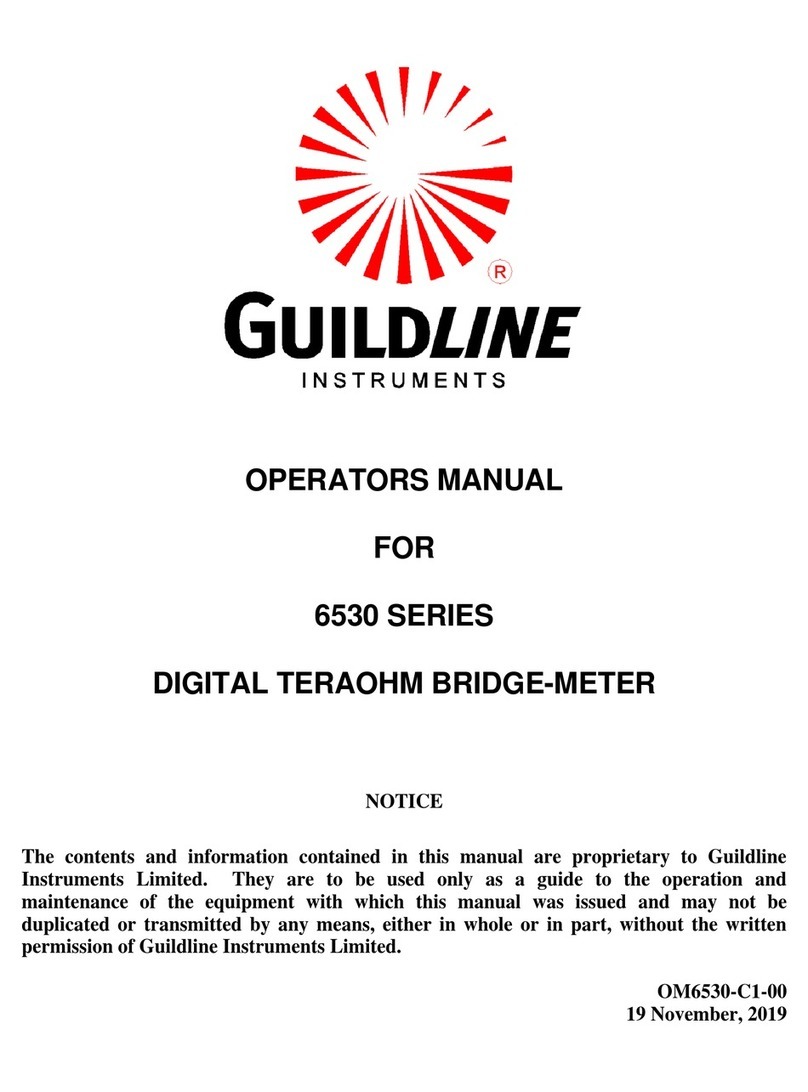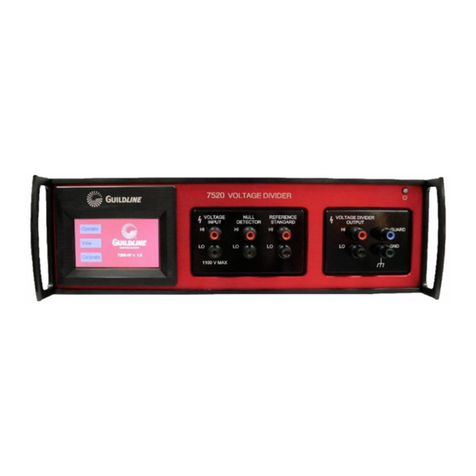
OM6622A-L-00
2 November 2016
4.6.6. <Sofcal> MENU Fn-3 (MAIN) ...................................................................................................................4-22
4.6.6.1. <GPIB>MENU Fn-1 (Sofcal_MAIN)...............................................................................................4-25
4.6.6.2. <Coef Set> MENU Fn-2 (Sofcal_MAIN) .........................................................................................4-25
4.6.6.3. <Diagnostic> MENU Fn-3 (Sofcal_MAIN)......................................................................................4-26
4.6.6.4. <P.O.S.T.> MENU Fn-1 (Sofcal_MAIN) .........................................................................................4-29
4.6.6.5. <Filter> MENU Fn-2 (Sofcal_MAIN)...............................................................................................4-30
4.6.6.6. <Datum> MENU Fn-3 (Sofcal_MAIN) ............................................................................................4-31
4.6.6.7. <Sys Time>MENU Fn-2 (Sofcal MAIN)..........................................................................................4-31
4.6.6.8. <Extender>MENU Fn-3 (SofcalMENU)...........................................................................................4-31
4.6.6.9 PASSWORD> MENU Fn-1 (Sofcal_MAIN) ...................................................................................4-37
5. VERIFICATION AND CALIBRATION.......................................................................5-1
5.1. RATIO ACCURACY VERIFICATION........................................................................................................5-1
5.1.1. Purpose ...........................................................................................................................................................5-1
5.1.2. Equipment Required.......................................................................................................................................5-2
5.1.3. Set Up .............................................................................................................................................................5-2
5.1.4. Verification.....................................................................................................................................................5-3
6. TROUBLESHOOTING AND MAINTENANCE .........................................................6-1
6.1. INTRODUCTION.............................................................................................................................................6-1
6.1.1. Error Messages...............................................................................................................................................6-1
6.1.2. Model 6622A Setup Warnings.......................................................................................................................6-3
6.1.3. Bridge Coefficients.........................................................................................................................................6-3
6.2. QUICK RATIO CHECK.................................................................................................................................6-4
6.2.1. Purpose ...........................................................................................................................................................6-4
6.2.2. Equipment Required.......................................................................................................................................6-4
6.2.3. Set Up .............................................................................................................................................................6-4
6.2.4. Check Procedure.............................................................................................................................................6-4
7. REMOTE CONTROL................................................................................................7-1
7.1. INTERFACES ...................................................................................................................................................7-1
7.2. IEEE-488 (GPIB) INTERFACE......................................................................................................................7-1
7.2.1. Controller........................................................................................................................................................7-2
7.2.2. IEEE-488 Responses......................................................................................................................................7-2
7.2.3. Interconnecting Cable And IEEE-488 Connector..........................................................................................7-2
7.2.4. Typical System ...............................................................................................................................................7-3
7.2.5. Address And Talk/Listen Selection................................................................................................................7-4
7.2.6. IEEE-488 Electrical Interface ........................................................................................................................7-4
7.2.7. IEEE-488 Input Buffering..............................................................................................................................7-4
7.2.8. IEEE-488 Output Buffering ...........................................................................................................................7-6
7.2.9. IEEE-488 Deadlock........................................................................................................................................7-6
7.3. COMMAND LANGUAGE..............................................................................................................................7-7
7.3.1. General Syntax For Commands......................................................................................................................7-7
7.3.2. General Syntax For Numbers.........................................................................................................................7-7
